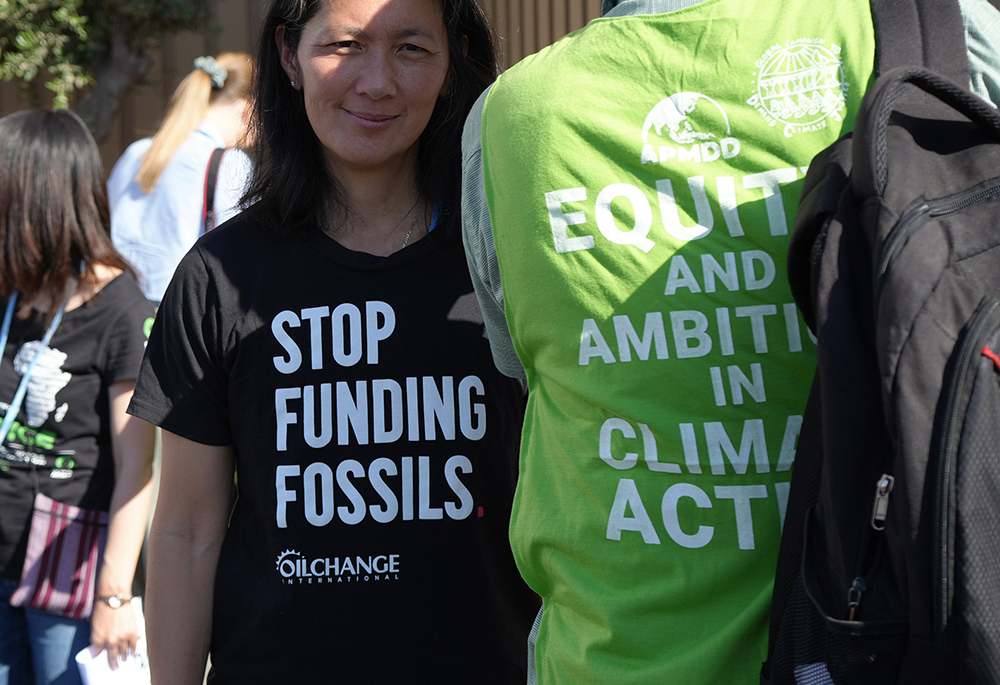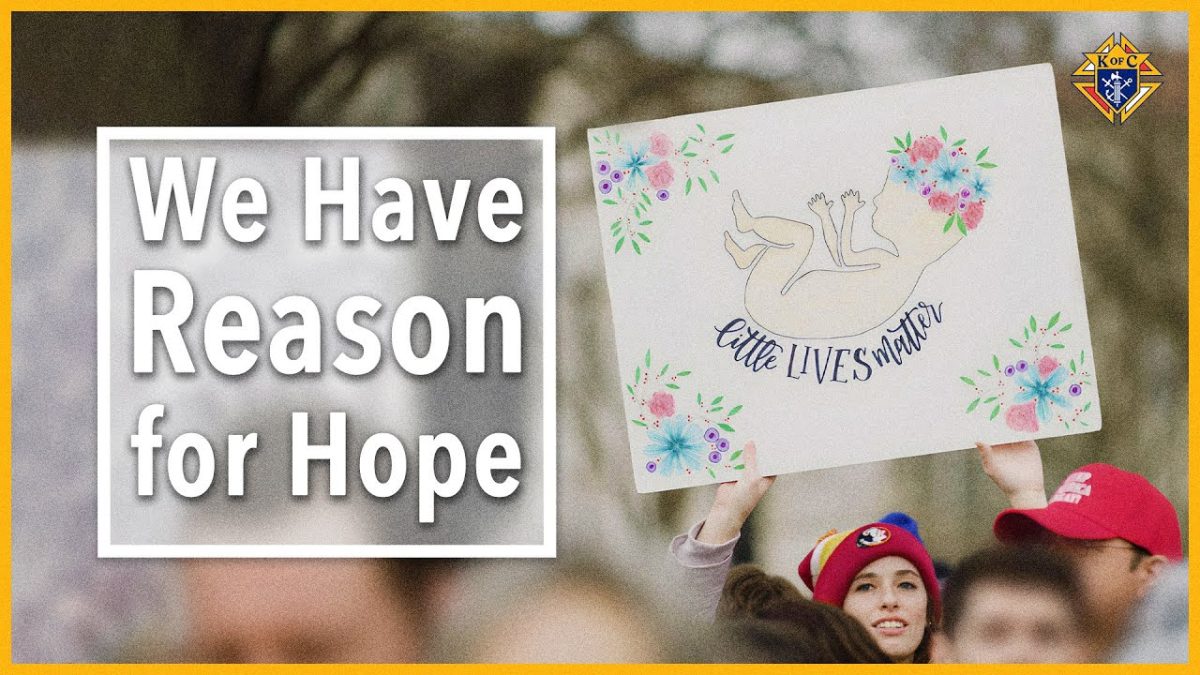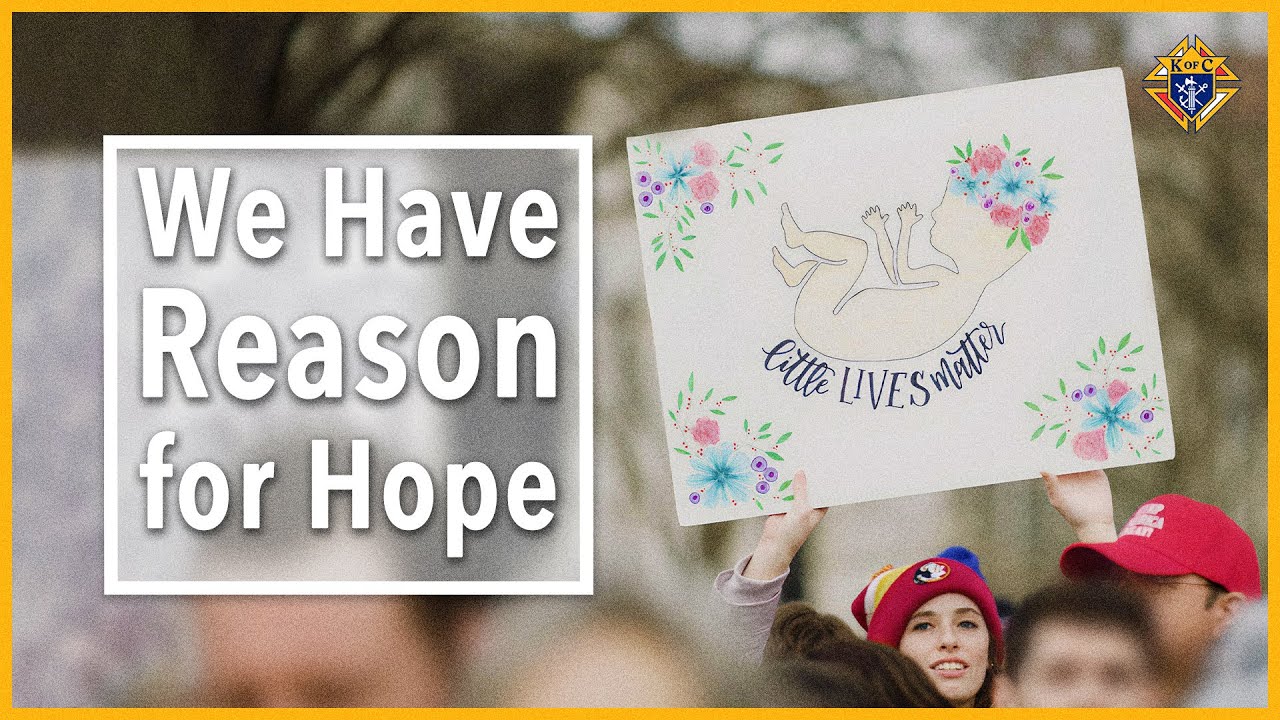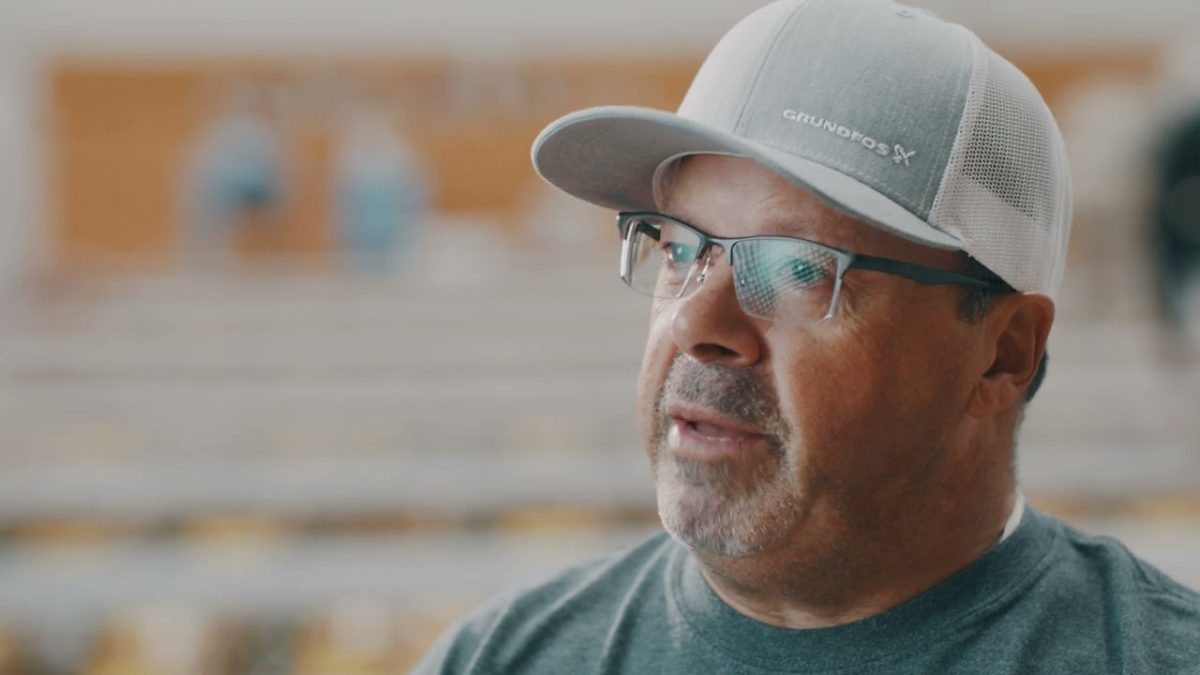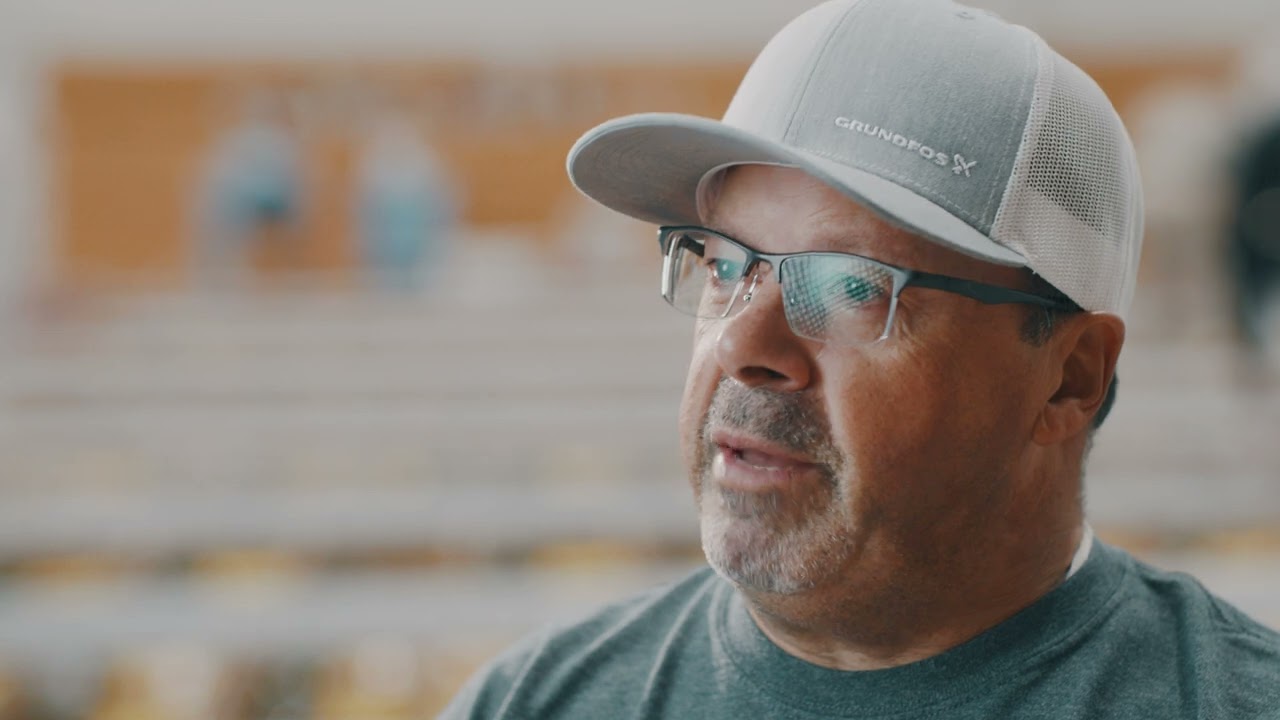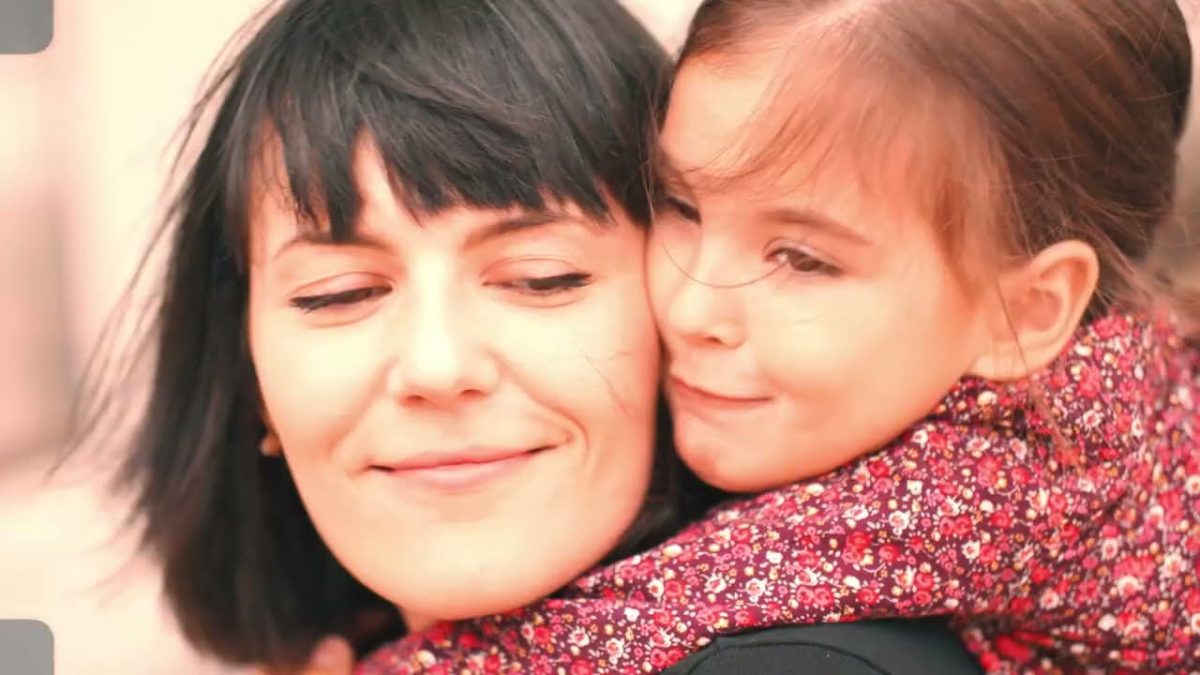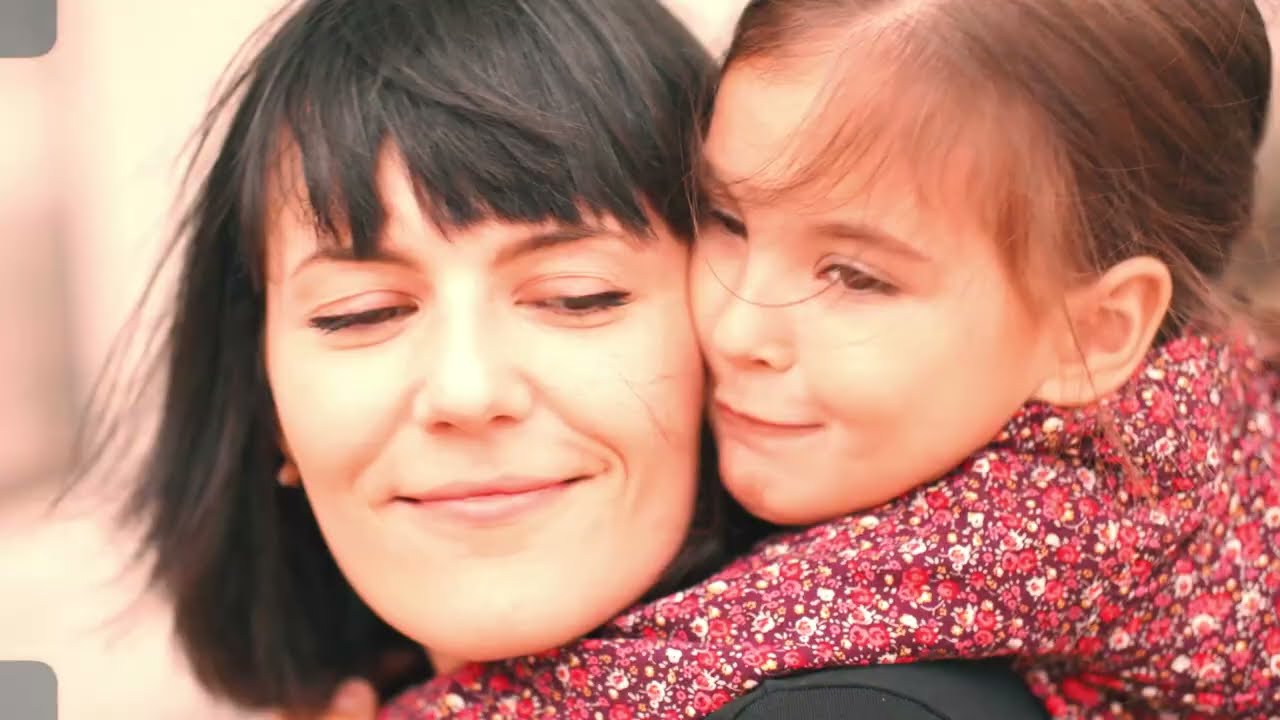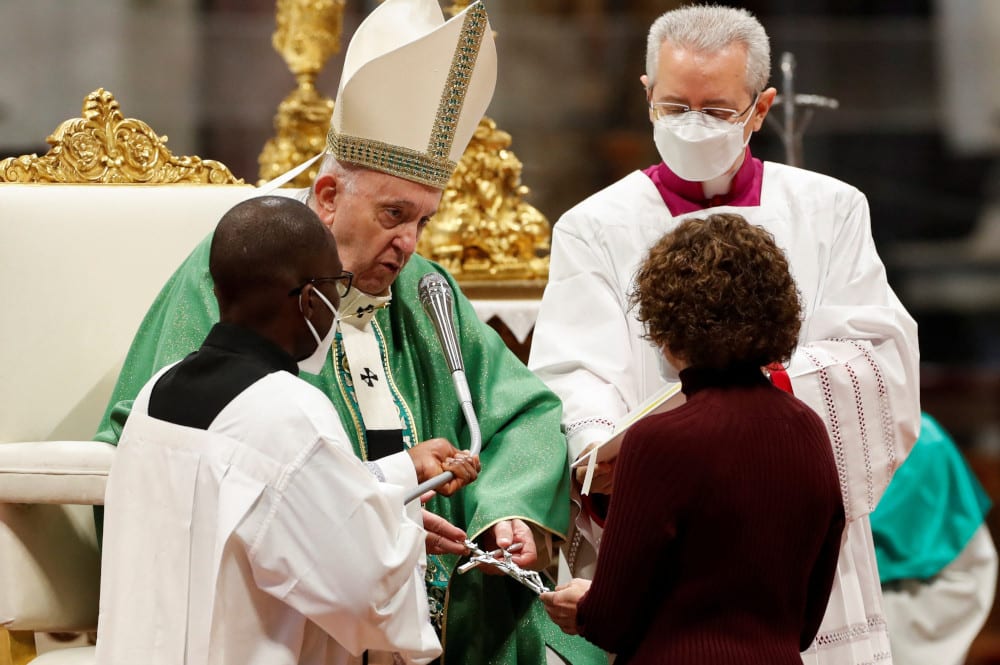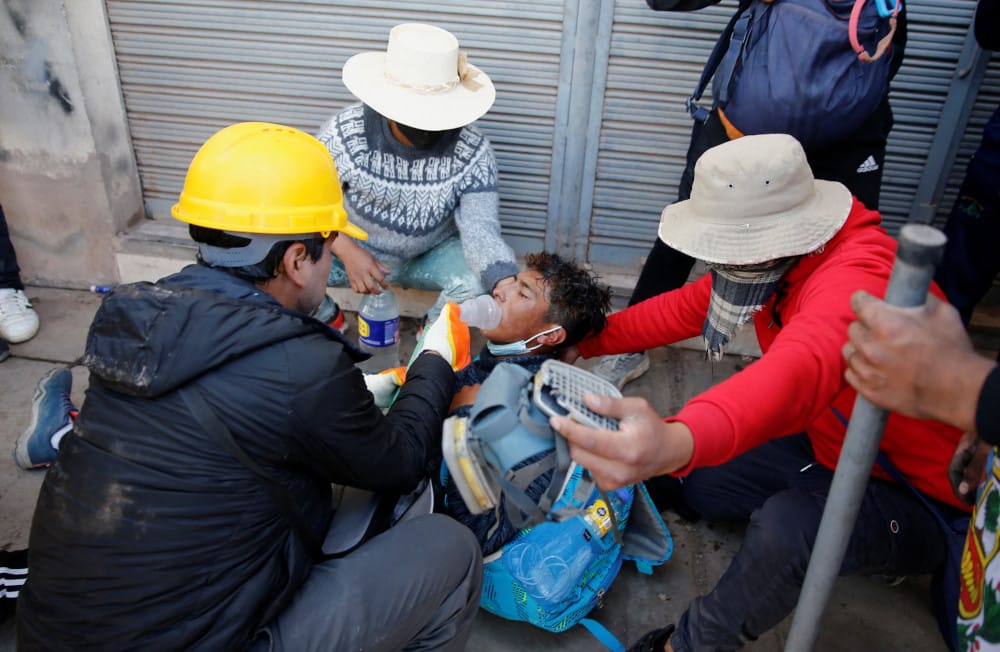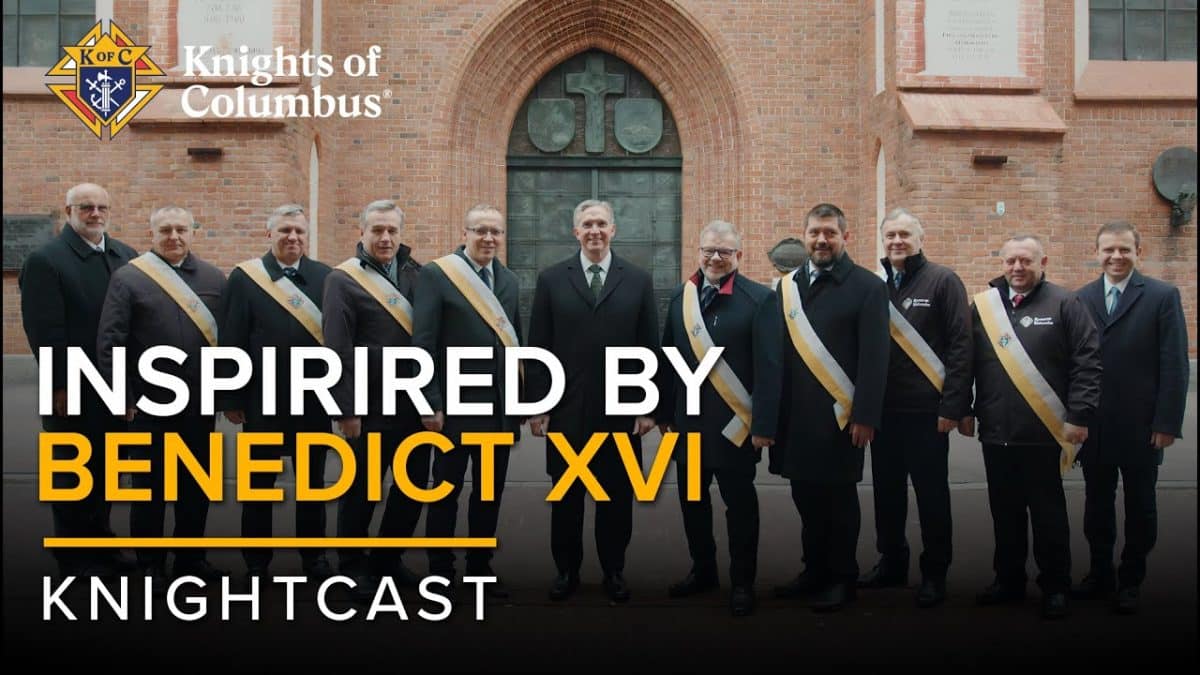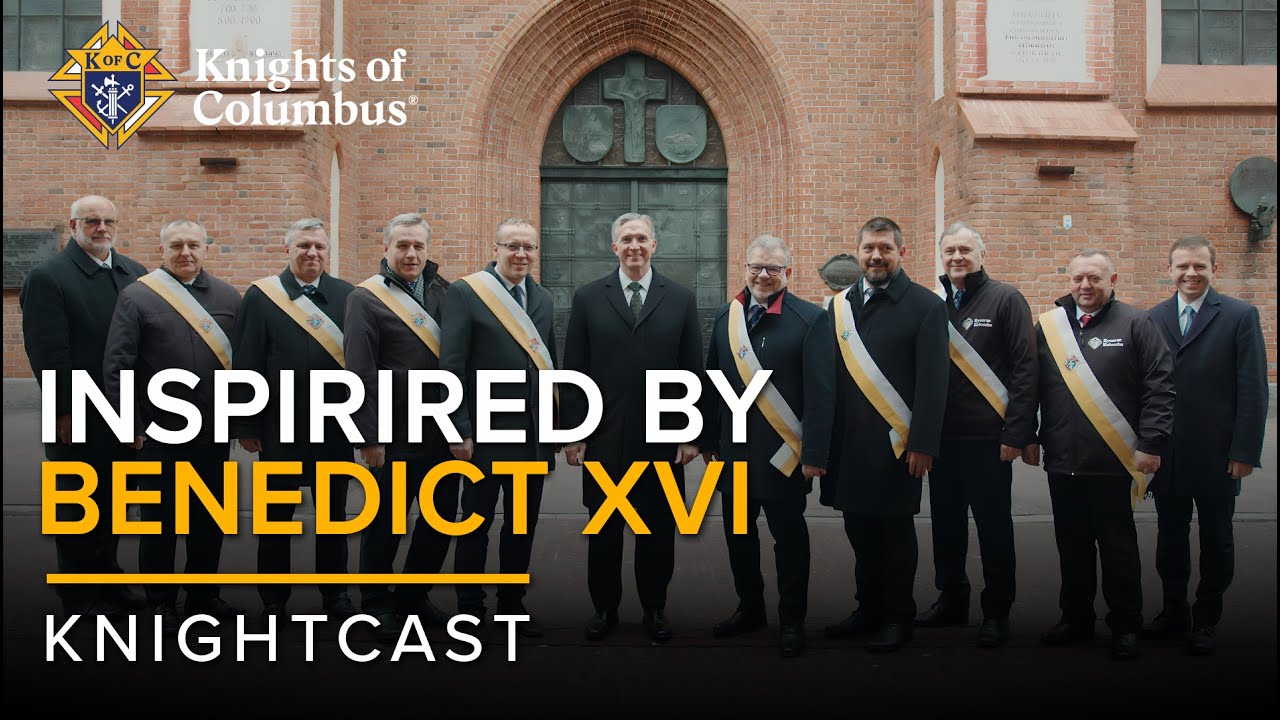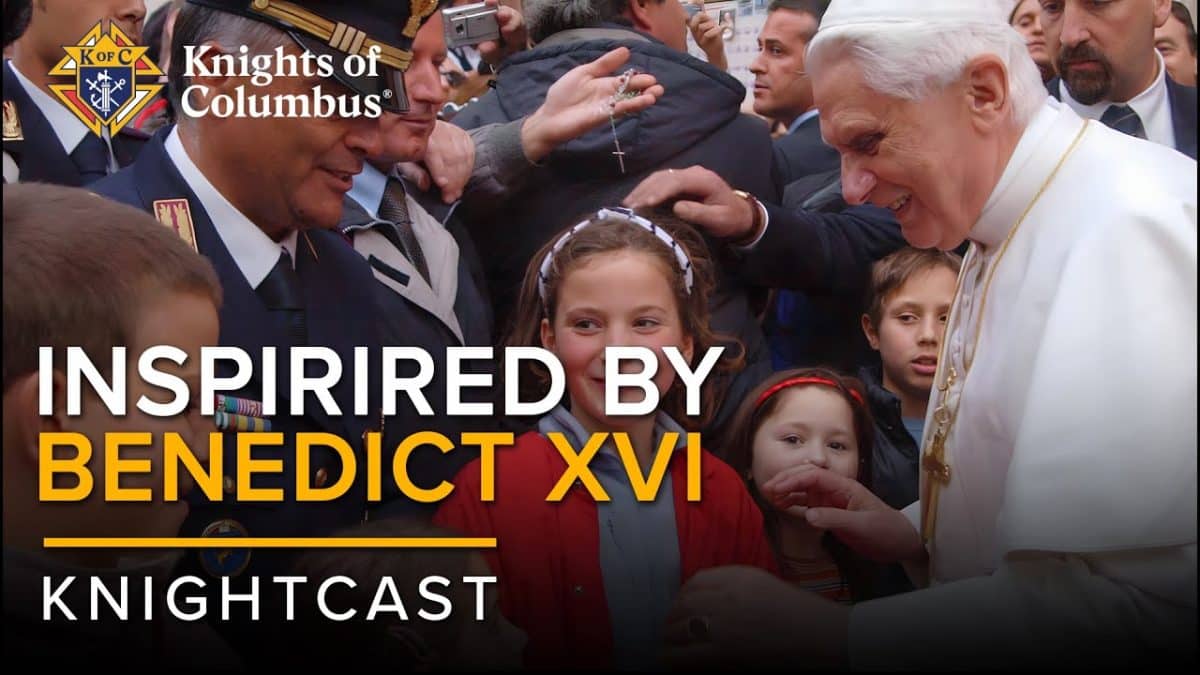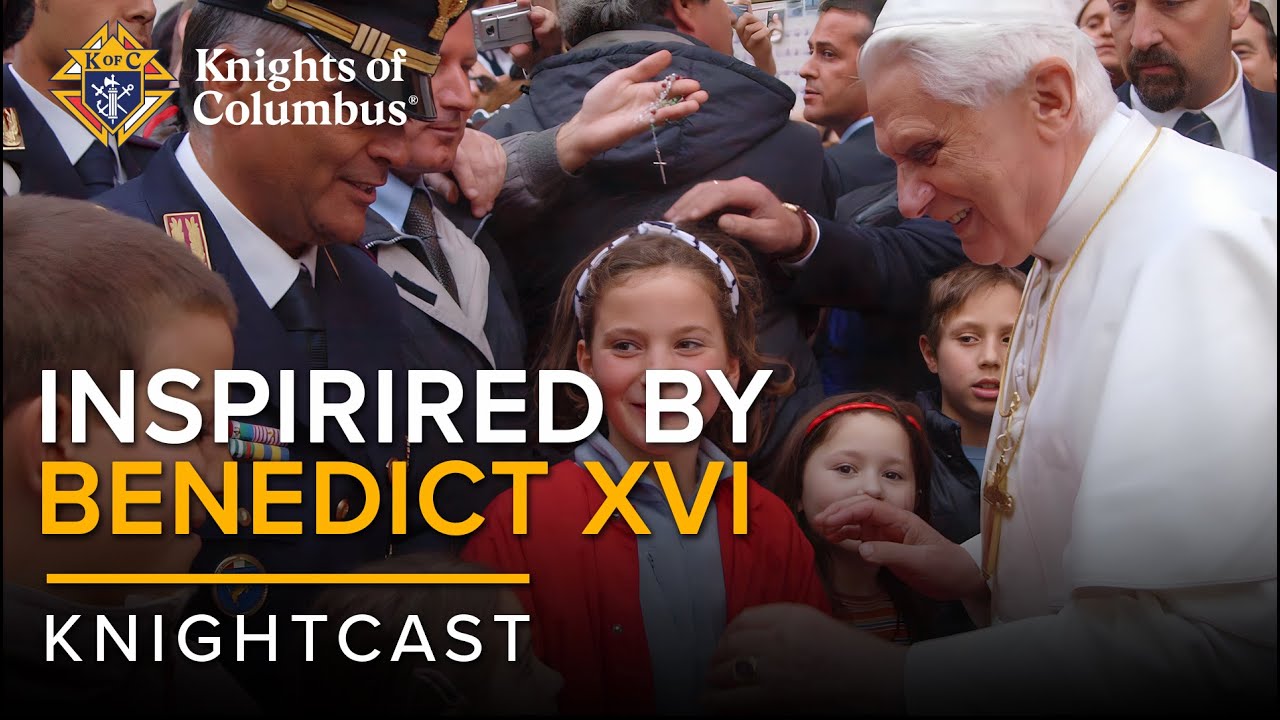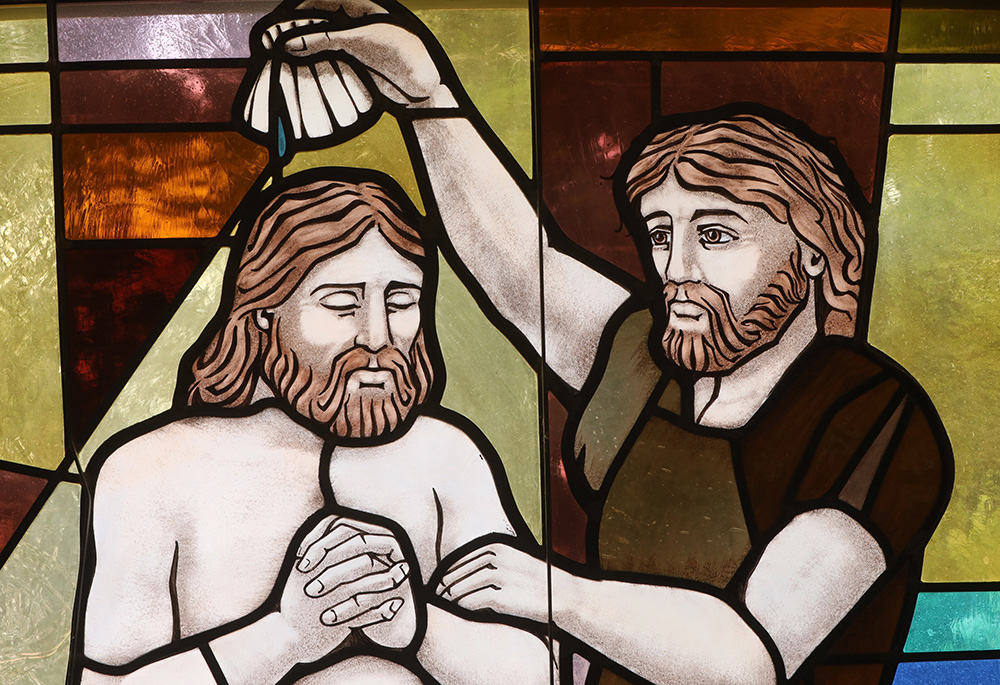
Have you ever glimpsed pure goodness in another person? Sometimes we see it as we gaze on a baby — goodness, innocence and seemingly limitless potential. On rarer occasions, we get caught up in a similar perception of a young person or an adult. Some people seem to exude peace and integrity. They are a blessing to be around. That must be what John the Baptist perceived in Jesus: a person whose very being illustrated holiness.
Who was John that he could recognize Jesus for who he was? According to Luke, John was a new Isaac, a son of the promise born to an aged couple. Today’s liturgy suggests that he identified with the servant Isaiah described: called from the time of his conception to be a light to his people. All the Gospels depict John as a conscious forerunner to the Christ. Never claiming to be a messiah, he preached to prepare the way, probably never guessing how different Jesus’ preaching would be from his own.
Surprisingly, the Baptist’s essential characteristic, at least as he appears in the Gospel of John, is his humility. The rousing prophet, the desert ascetic who invented the baptismal ritual that continues to our own day, proclaimed that the unknown one to come after him ranked ahead of him. Although John’s Gospel avoids admitting that Jesus submitted to baptism, the Baptist testifies that he saw the Spirit come down upon Jesus at the moment the other Gospels describe as the baptism.
Although he was not a disciple, John gets a more detailed and personal description than the Gospels give any other character except Jesus himself. Historically, John was probably as well known as Jesus and his following rivaled that of Jesus. But, with all that John accomplished, his greatest Gospel witness came through his saying that he was not “the one.” The picture we get of John is that he not only had enough faith to believe in his own unique and crucial vocation, but enough to see beyond his own call, talents and insights.
If there were one phrase that could sum up John’s essential message, it might be our Muslim friends’ cry, « Allahu Akbar » (« God is greater »). With all his accomplishments, with everything he saw around him, be it the might of Rome or the uncountable stars in the sky, John lived and breathed an attitude of « Allahu Akbar. »
That is the attitude that allowed John to recognize Jesus. With a profound grasp of his own prophetic vocation, John recognized something greater in Jesus, something that reflected more of God and more of God’s promised future. Thus, John uttered those mystery-filled words we repeat in each Eucharist, « Behold the Lamb of God who takes away the sin of the world. » The grace that impelled John in his vocation led him to recognize the grace that filled Jesus.
What did John mean by calling Jesus, « Lamb of God »? Was he referring to the lamb that replaced Isaac in Abraham’s sacrifice? The lamb of Exodus whose blood saved the people from destruction? The lamb of atonement sacrifice that restored the people’s broken relationship with God? To the apocalyptic lamb whose death brought life? The servant of God who went to death like a lamb to the slaughter?
The simplest answer is, yes. John called Jesus the lamb and the son of God. John saw Jesus and could only say, « Allahu Akbar. »
The Gospels tell us about John so we may learn from him and to see ourselves in him. Like John, we have been called from birth. The mystery of our lives is that we are created in the divine image and called to become images of the divine. That’s what Paul means when he says we have been sanctified and are called to be holy. John could recognize Jesus and say « Allahu Akbar » because he too shared the divine life: like knew like. We too know our moments of crying out « Allahu Akbar » because what we see in others and in creation reminds us of both God’s unfathomable greatness and God’s intimate love — a love that dwells in us as well.
John comes to us today inviting us into his own attitude of humble wonderment. First, listening to Isaiah like he did, we remember that we are created in the divine image and that sharing divine life is the reason for our being. Then, lest we ever settle for less or even just settle, John shows us how to open ourselves to the wonder of the God who is greater than we can imagine.
As we begin « Ordinary Time, » John invites us to learn over and over to recognize Christ for who he is and what he offers. Then we too will cry out « Allahu Akbar » in any and every language we speak.
